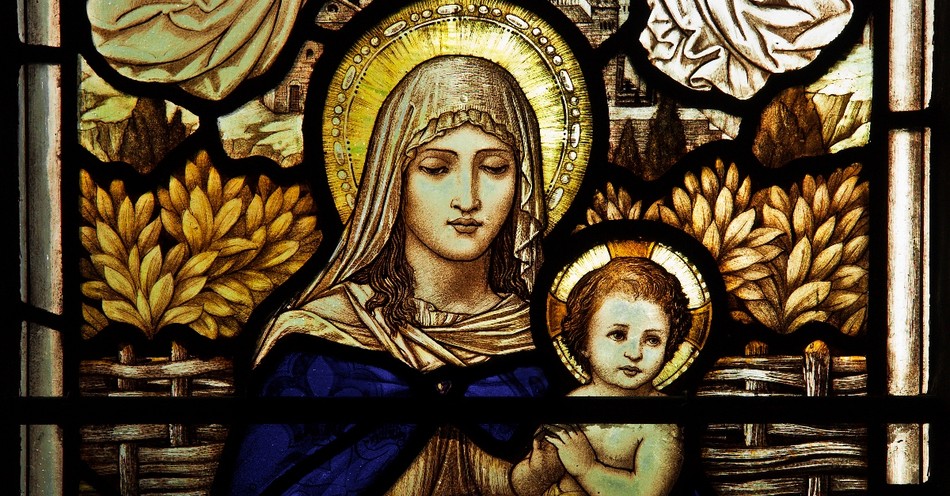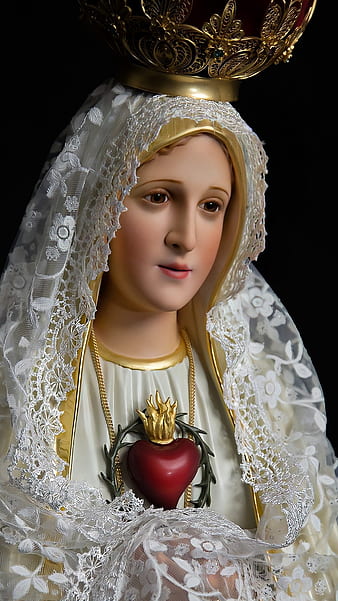Miracles and Marian Shrines: A Theological and Sociological Analysis
This article investigates the reported miraculous occurrences associated with Marian shrines, examining the interwoven sociological and theological frameworks that underpin their significance. We will define key concepts to establish a robust analytical foundation. A miracle, in this context, is defined as an event exceeding the capabilities of natural laws, attributed to divine intervention. A Marian shrine is a consecrated site linked to apparitions or significant events involving the Virgin Mary. Intercession refers to Mary's mediating role between humanity and God, as understood within Catholic theology. The analysis will draw upon established sociological theories, such as Durkheim's concept of collective effervescence, to understand the shared religious experience at these locations, alongside psychological perspectives on faith healing and placebo effects. Further, theological interpretations of Marian apparitions and their position within Catholic doctrine will be explored. The framework for this investigation employs a mixed-methods approach, integrating quantitative data analysis with qualitative research methodologies to provide a comprehensive analysis of the multifaceted nature of reported events and experiences.
The Sociological Dynamics of Marian Shrines
Marian shrines function as significant centers of Catholic faith, attracting millions of pilgrims annually. Their enduring appeal can be illuminated through Durkheim's theory of collective effervescence, which posits that shared religious experiences generate heightened emotional and social energy. The collective belief in Mary's intercession and the possibility of miracles cultivates a powerful sense of community and shared purpose among pilgrims. This shared experience reinforces individual faith and creates a potent emotional context conducive to reported miraculous healings and spiritual transformations. Empirical evidence, such as numerous testimonials of healing and spiritual renewal, supports this interpretation. Furthermore, the well-documented psychological phenomenon of placebo effects plays a role in perceived healings; the fervent expectation of healing, fueled by faith, can trigger the body's inherent restorative mechanisms. This interaction between belief, expectation, and physiological responses aligns with the biopsychosocial model of health, which acknowledges the integrated influence of biological, psychological, and social factors on health outcomes. The concept of social contagion, where emotions and behaviors spread rapidly among individuals in close proximity, further strengthens the impact of collective belief in these settings.
Case Studies: Examining Specific Marian Shrines and Their Influence
Several prominent Marian shrines exemplify the interplay between faith, collective belief, and reported miracles. Our Lady of Guadalupe in Mexico City, with its iconic image deeply embedded in national identity, serves as a powerful symbol of faith, attracting immense pilgrimage. The reported healing properties of the water at Lourdes, France, exemplify the intersection of faith, expectation, and potential psychosomatic effects. The apparition at Fatima, Portugal, and its widely reported "Miracle of the Sun," represent a potent example of a mass witnessed event shaping faith and belief systems. Similar collective experiences are reported in Medjugorje, Bosnia and Herzegovina, known for its ongoing apparitions, and Knock, Ireland, where a silent apparition offered comfort and solace. These case studies demonstrate the varied expressions of faith and the diverse contexts in which reported miracles occur, highlighting the need for comparative analyses to understand the specific social, cultural, and historical factors influencing these phenomena.
The Role of Ritual and Devotional Practices
The recitation of the rosary, a central devotional practice at many Marian shrines, holds considerable significance. This repetitive prayer fosters a meditative state, potentially contributing to spiritual experiences and feelings of peace and tranquility. The Rosary of the Seven Sorrows allows for contemplation of Mary's suffering, enabling individuals to connect their own struggles with hers and find solace in her resilience. The intensity of prayer and devotion at these sites is perceived as enhancing the likelihood of divine intervention, leading to reported miracles of healing and religious conversion. From a psychological perspective, these rituals can be seen as contributing to a sense of control and agency, which can be particularly helpful for individuals facing uncertainty or hardship.
Intercession, Healing, and Spiritual Transformation: A Theological and Psychological Perspective
Reported miracles at Marian shrines frequently involve physical healing alongside emotional and spiritual transformations. The theological concept of Mary's intercession positions her as a powerful advocate mediating between humanity and God. This belief profoundly influences experiences at these shrines, offering hope for healing and restoration to those suffering emotionally, physically, or spiritually. Reported conversions further highlight the transformative potential of faith and the central role of Mary's intercession in these spiritual journeys. From a psychological standpoint, the sense of connection with a higher power, facilitated by the belief in intercession, can offer comfort, meaning, and purpose, contributing to improved mental and emotional well-being. This integration of theological and psychological perspectives provides a more complete understanding of the multifaceted nature of the reported healings and transformations.
Pilgrimage: A Journey of Transformation
The pilgrimage itself constitutes a profound spiritual undertaking. The journey to a Marian shrine provides a period of introspection, prayer, and respite from daily stressors. This focused devotion contributes to spiritual growth, strengthens one's relationship with God, and reinforces faith. Social interactions with fellow pilgrims further enhance the transformative impact of pilgrimage. The experience can be analyzed through the lens of symbolic interactionism, which emphasizes the meaning-making processes within social interactions. The shared experiences and symbols associated with the pilgrimage create a powerful sense of collective identity and shared purpose, contributing to individual and collective transformation. This transformative potential is consistent with theories of rites of passage, where significant life transitions are marked by ritual and social participation, resulting in personal growth and integration into the community.
Conclusions and Recommendations
The reported miracles at Marian shrines reflect a complex interaction between faith, collective belief, psychological processes, and theological interpretations. Although scientific explanations may account for some reported healings, the enduring significance of these sites lies in their capacity to foster strong communities, shared experiences, and profound spiritual transformations. Future research should incorporate more robust methodologies, employing mixed-methods approaches, combining quantitative data on reported healings with in-depth qualitative studies of pilgrims' subjective experiences. This will allow for a more nuanced and comprehensive understanding of the multidimensional aspects of this phenomenon. Furthermore, research should explore the cultural and socio-economic factors impacting the popularity and perceived efficacy of Marian shrines in diverse contexts. A longitudinal study, tracking the experiences of pilgrims over time, could illuminate the long-term effects of these visits on faith, well-being, and social connections. This enhanced research design should also consider comparative analysis of different Marian shrines, identifying factors that contribute to variations in reported experiences and outcomes.
The findings suggest that the importance of Marian shrines extends beyond the literal interpretation of miracles. The social and spiritual benefits—including strengthened faith, community building, and emotional healing—underscore their substantial role in religious practice. These findings highlight the need for continued theological reflection on Mary's role within the Catholic Church, and for further psychological and sociological research into faith-based healing and community formation. A focus on the social network analysis of pilgrims could reveal the social capital generated through these shared experiences and the potential for long-term positive effects on social cohesion and support networks.
Reader Pool: Considering the complex interplay of faith, psychology, and sociology within the context of Marian shrines, what novel research methodologies could be employed to more effectively measure the impact of these sites on individuals' spiritual and psychosocial well-being?






